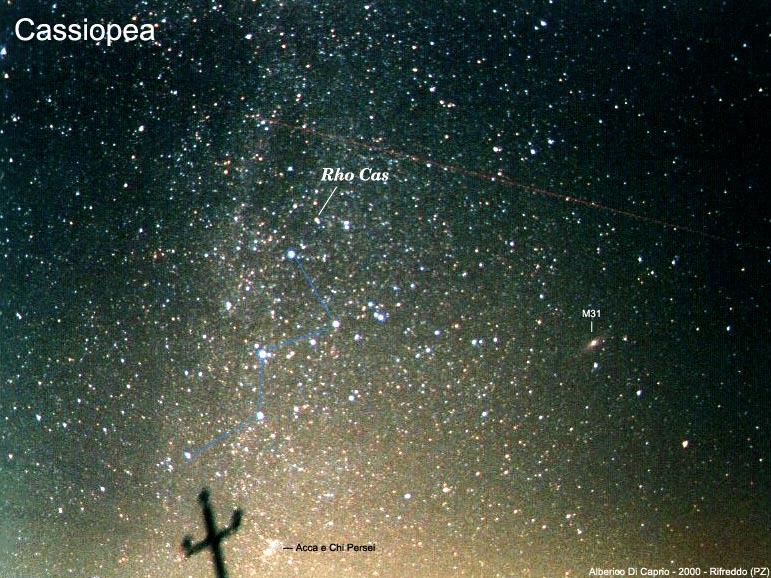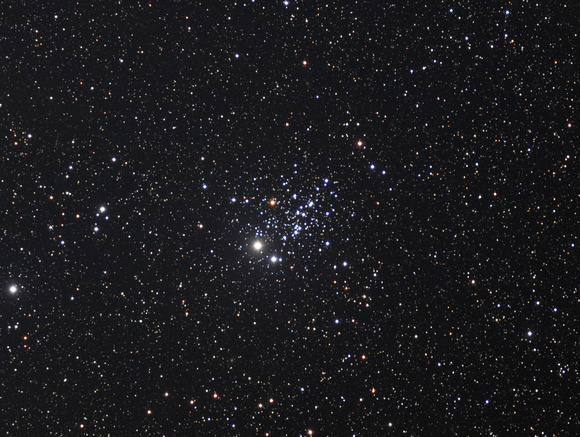The amazing properties of Rho Leonis depend critically on the distance to this star. It could well be that the high-precision measurements of
Gaia will refine the distance to Rho Leonis and so change the way we look at it.
[c]Shine on, shine on, bright star![/c] Nevertheless, if we assume, for now, that the Hipparcos parallaxes are correct, what are the intrinsically brightest naked eye stars that can be seen from around my own latitude at 55°36'N? (Okay,
Oslo is close enough to Malmö and I have a world map centered on it.) A lot of the most "famous names" stars don't qualify. No, Deneb, 54,000 Suns, is not as intrinsically bright as Rho Leonis. Sadr, 60,000 Suns and Deneb's "neighbour", doesn't qualify either. Betelgeuse, at best perhaps 105,000 Suns, doesn't make the cut. Rigel, 85,000 Suns, doesn't either.
But there are a few others, and at least one of them is quite famous,
Mu Cephei, the Garnet Star. The luminosity of this red supergiant is 283,000 Suns, according to
Wikipedia; 353,000 - 475,000 Suns, said
Jim Kaler.
Another at least moderately well-known star is
P Cygni. P Cygni is a Luminous Blue Variable, an LBV, so it goes without saying that it should be bright. Its luminosity is 610,000 Suns according to
Wikipedia.
A star that is extremely famous not for its name but because of its position in the sky is
Alnilam, the middle star in Orion's Belt. Alnilam is 275,000 to 537,000 times as luminous as the Sun according to
Wikipedia.
Another impressive bright blue supergiant is
Alpha Camelopardalis. It emits 620,000 solar luminosities according to
Wikipedia; 530,000 Suns, but we don't really know, said
Jim Kaler.
So what about Rho Leonis again? I could only find this
over-blue picture of it, plus
a horrible yellow-orange one. This star is a well-kept secret! Its luminosity is 165,000 Suns said
Jim Kaler; 295,000 Suns, according to
Wikipedia.
Ann
 Las Campanas Moon and Mercury
Las Campanas Moon and Mercury





